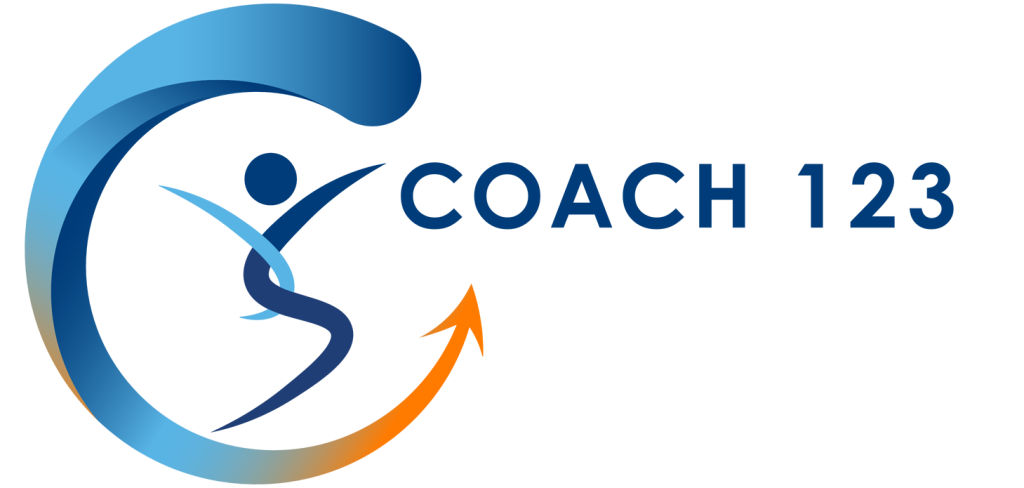Identifying and Selecting Internal and External Coaches
Identifying and Selecting Internal and External Coaches

When you have a coaching program inside of an organization, an important process is identifying who will be the coaches. It is a best practice to have internal (employees coaching other employees) coaches for entry-level to mid-level employees and to have external (non-employee professionals) coaches for the higher-level employees and the executives. The reasons behind this are that internal coaches for the entry to mid-level management are simply more cost-effective and for the higher-level employees and executives it is less effective if their coach is at a lower level in the organization, plus an outsider is often more comfortable and expands perspectives for the leaders and executives.
For internal coaches the work can be part of what they do already, so it is a soft cost – an expense that is not visible. In addition to that, the internal coaches understand the organization, what’s happening, what the politics are, and typically the people they are coaching are comfortable with a colleague coaching them. When you think about the higher levels of management, the executives in the C-suite, etc., and you think about them having a coach that is down the chain of command, if you will, it doesn’t make a lot of sense. There are a lot of things they cannot discuss with that person. That is the reason having external coaches for the higher levels of management makes the most sense.
Now work through how you identify the coaches. For internal coaches, identifying the candidates may involve reviewing their personnel files, asking for recommendations, and asking for volunteers. Have a process for vetting them; create a list of the criteria that is going to be helpful in identifying strong candidates for the coaching. Look for employees who have the ability to focus completely on another person and to develop rapport. Find people that have an interest in coaching and a willingness to learn, plus the appropriate level of availability in their workday.
Once the internal coaches are selected, the next step is going to be planning their training. It is unfortunate that some organizations have non-coaches design internal training; unless the training is accredited by the International Coaching Federation, ICF, the results will be limited. For properly trained and credentialed coaches, a study by the American Management Association found that external training for internal coaches was the most effective, and the reason for that is external programs are developed by professional coaches and accredited by ICF. Ensure that the training program selected is developing the competencies of a coach and the ethics of coaching.
Another step is selecting your external coaches. Much like you do with the internal coaches, you want to have criteria for how you are selecting the external coaches. It is important to note that asking for coaches that have training, have certification, are members of the International Coaching Federation, ICF, and have a credential is a priority because the research shows that a credentialed coach will have a higher level of success.
Sometimes people are hired to be a coach based on their relationships as a consultant or previous employee. It is so important that a coach be trained in coaching if you want to gain the ROI that you are looking to gain. This means when you are seeking these coaches, ask about their training, ask about their membership in the International Coaching Federation, and ask about their credential.
One side note here, what we find is companies that are savvy do exactly this and the pay rate changes based on the coach’s level of training and experience. For example, when a coach is a member of ICF, they are at one pay rate. When they have the ACC credential, the pay rate goes up, and it goes up again with the PCC credential and the MCC credential.
Members of and credential holders with the International Coaching Federation are accountable to the Code of Ethics for coaches, which means this is an essential criterion. It is one way an organization can easily and quickly determine that a coach has the training and the experience to be doing what it is they are doing. Yes, most people are ethical, and they are doing their best; sometimes they don’t know what they don’t know. When a coach is both trained and accountable to a Code of Ethics, it both shows their commitment to professionalism and quality, and it increases the likelihood of a successful coaching engagement.
In the next blog explore sourcing and engaging external coaches.











